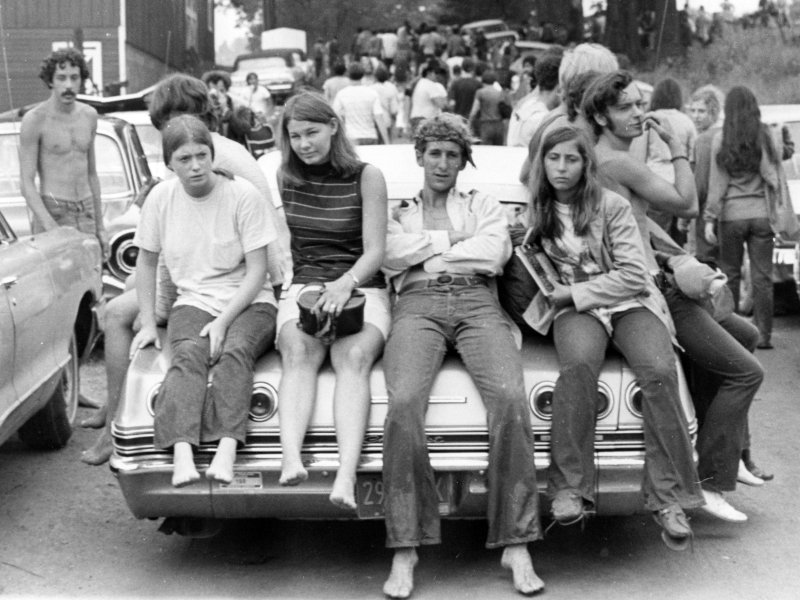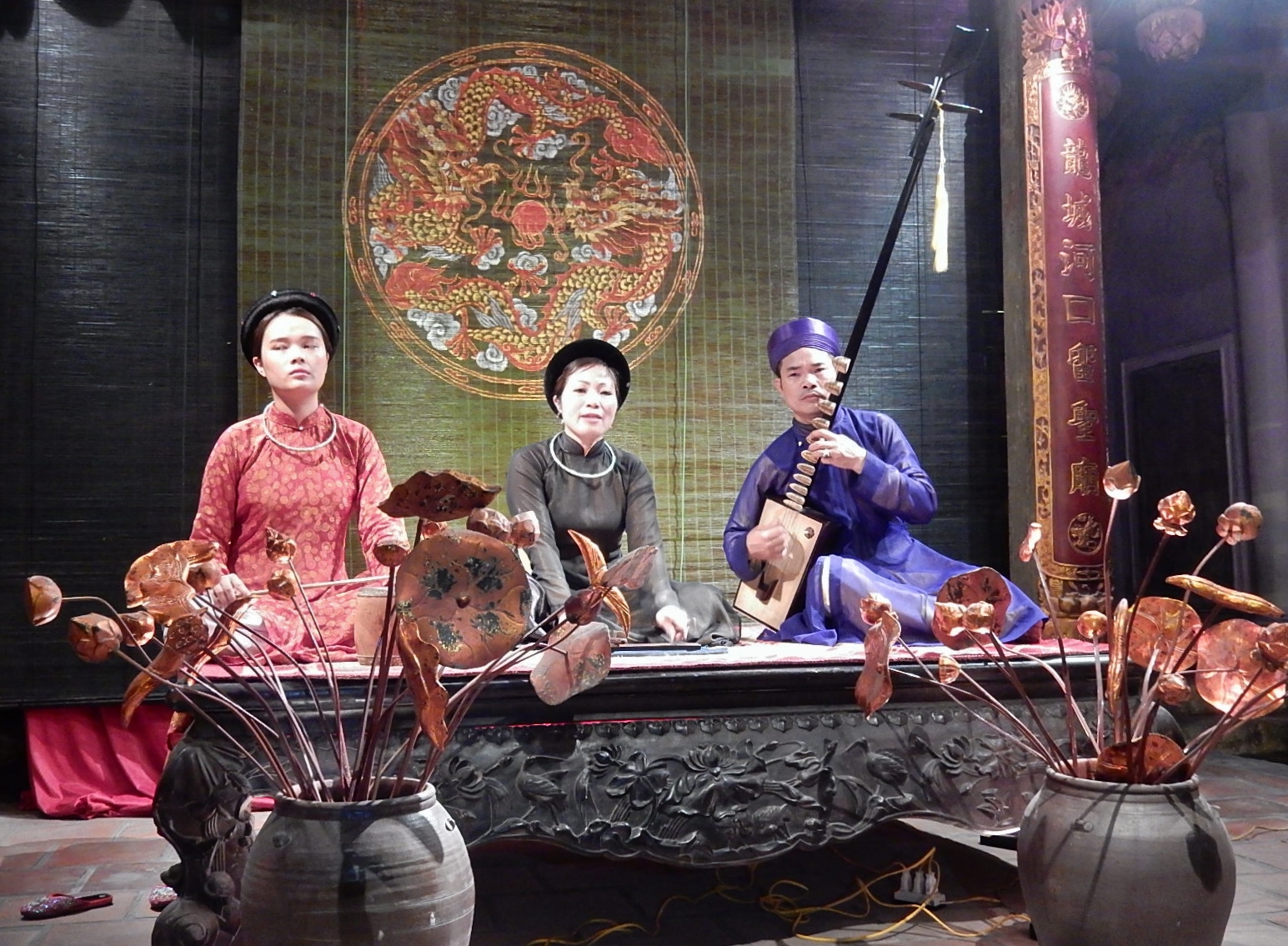|
V-pop
V-pop ( vi, nhạc pop Việt Nam, nhạc trẻ or nhạc xanh), an abbreviation for Vietnamese popular music, is a music genre covering Vietnamese pop music from the 1990s to the present day. Etymology During the 1970s, V-pop was limited to ''Nhạc trẻ Sài Gòn'' (Youth music of Saigon, now called Ho Chi Minh City) or ''Kích động nhạc'' (Exciting music). After 1975, the name nhạc trẻ (youthful music), which encompasses vibrant, fun folk songs that were banned by the government at the time. But the development in line with Vietnamese pop music comes from Hanoi and Haiphong. The artists in these two places have been formally trained in the national conservatory school. In the 1990s, the phrase ''Nhạc nhẹ'' (Soft music) appeared when Vietnam was opening up to the world. ''Nhạc trẻ'' (Youth music) was used in the early 2000s. The phrase V-Pop was created by artists from the North, including Hanoi. History Domestic Origins Vietnamese pop music was in ... [...More Info...] [...Related Items...] OR: [Wikipedia] [Google] [Baidu] |
Music Of Vietnam
Traditional Vietnamese music encompasses a large umbrella of Vietnamese music from antiquity to present times, and can also encompass multiple groups, such as those from Vietnam's ethnic minority tribes. History Traditional Vietnamese music has been mainly used for religious activities, in daily life, and in traditional festivals. Vietnam's ethnic diversity has also made its music scene diverse. Each of Vietnam's ethnic group owns many unique types of musical instruments. The influence of Chinese culture on Vietnamese music is also quite prevalent, such as maids, harps and erhu. However, traditional Vietnamese music, whilst often compared to traditional Chinese music, is not exactly the same. Royal court music Royal Vietnamese court music first appeared in the 1040s after a successful seaborne raid against Champa led by king Lý Thái Tông in 1044. Cham women were taken as singers, dancers and entertainers for the court. The chronicles recorded that a special palace for Cham w ... [...More Info...] [...Related Items...] OR: [Wikipedia] [Google] [Baidu] |
Pop Music
Pop music is a genre of popular music that originated in its modern form during the mid-1950s in the United States and the United Kingdom. The terms ''popular music'' and ''pop music'' are often used interchangeably, although the former describes all music that is popular and includes many disparate styles. During the 1950s and 1960s, pop music encompassed rock and roll and the youth-oriented styles it influenced. ''Rock'' and ''pop'' music remained roughly synonymous until the late 1960s, after which ''pop'' became associated with music that was more commercial, ephemeral, and accessible. Although much of the music that appears on record charts is considered to be pop music, the genre is distinguished from chart music. Identifying factors usually include repeated choruses and hooks, short to medium-length songs written in a basic format (often the verse-chorus structure), and rhythms or tempos that can be easily danced to. Much pop music also borrows elements from other styles ... [...More Info...] [...Related Items...] OR: [Wikipedia] [Google] [Baidu] |
Pop Music
Pop music is a genre of popular music that originated in its modern form during the mid-1950s in the United States and the United Kingdom. The terms ''popular music'' and ''pop music'' are often used interchangeably, although the former describes all music that is popular and includes many disparate styles. During the 1950s and 1960s, pop music encompassed rock and roll and the youth-oriented styles it influenced. ''Rock'' and ''pop'' music remained roughly synonymous until the late 1960s, after which ''pop'' became associated with music that was more commercial, ephemeral, and accessible. Although much of the music that appears on record charts is considered to be pop music, the genre is distinguished from chart music. Identifying factors usually include repeated choruses and hooks, short to medium-length songs written in a basic format (often the verse-chorus structure), and rhythms or tempos that can be easily danced to. Much pop music also borrows elements from other styles ... [...More Info...] [...Related Items...] OR: [Wikipedia] [Google] [Baidu] |
Bass Guitar
The bass guitar, electric bass or simply bass (), is the lowest-pitched member of the string family. It is a plucked string instrument similar in appearance and construction to an electric or an acoustic guitar, but with a longer neck and scale length, and typically four to six strings or courses. Since the mid-1950s, the bass guitar has largely replaced the double bass in popular music. The four-string bass is usually tuned the same as the double bass, which corresponds to pitches one octave lower than the four lowest-pitched strings of a guitar (typically E, A, D, and G). It is played primarily with the fingers or thumb, or with a pick. To be heard at normal performance volumes, electric basses require external amplification. Terminology According to the ''New Grove Dictionary of Music and Musicians'', an "Electric bass guitar sa Guitar, usually with four heavy strings tuned E1'–A1'–D2–G2." It also defines ''bass'' as "Bass (iv). A contraction of Double bas ... [...More Info...] [...Related Items...] OR: [Wikipedia] [Google] [Baidu] |
Trịnh Công Sơn
Trịnh Công Sơn (February 28, 1939 – April 1, 2001) was a Vietnamese, musician, songwriter, painter and poet. He is widely considered to be Vietnam's best songwriter. His music explores themes of love, loss, and anti-war sentiments during the Vietnam War, for which he was censored by both the southern Republic of Vietnam and the Socialist Republic of Vietnam. Many performing artists, most notably Khánh Ly, Trinh Vinh Trinh (his younger sister), and some overseas singers such as Tuan Ngoc, Le Quyen, Le Thu, and Ngoc Lan, have gained popularity in their own right from covering Trịnh's songs. Biography Trịnh Công Sơn was born in Buôn Ma Thuột, Đắk Lắk Province, Vietnam, but as a child he lived in the village of Minh Huong in Hương Trà in Thừa Thiên–Huế Province. He grew up in Huế, where he attended the Lycée Français and the Providence school. When he was ten he lived with his father in Huế's Thừa Phủ Prison for a year in 1949. Later ... [...More Info...] [...Related Items...] OR: [Wikipedia] [Google] [Baidu] |
Nhạc đỏ
Nhạc đỏ or literally "Red Music" is the common name of the revolutionary music (nhạc cách mạng) genre in Vietnam. This genre of music began soon after the beginning of the 20th century during the French colonial period, advocating for independence, socialism and anti-colonialism. Red Music was later strongly promoted across North Vietnam during the War, to urge Northerners to achieve reunification under the Workers' Party of North Vietnam and fight against the "American imperialist puppet" in South Vietnam. Other forms of non-traditional, non-Revolutionary music and culture in the North, like Vietnamese popular music and Western music and culture, were banned, being labelled as "counter-revolutionary", "bourgeois", or "capitalist". One of the earliest composers of revolutionary songs was Đinh Nhu (1910–1945).''Asian music: journal of the Society for Asian Music'' Volume 35 Page 75 Society for Asian Music 2004 " Đinh Nhu (1910-1945) assumes an important position ... [...More Info...] [...Related Items...] OR: [Wikipedia] [Google] [Baidu] |
Yellow Music
Yellow Music is a genre of popular music. The term has been used in China and Vietnam to describe types of music that have separate origins. China Yellow Music () or Yellow Songs () was a label used to describe early generations of Chinese popular music in Shanghai, China during the 1920s to 1940s; the color yellow is associated with eroticism and sex in the country, since 黄, huáng, the Mandarin character for "yellow", also means "erotic". The Communist Party of China saw pop music as sexually indecent and labeled the C-pop genre as such.Jones. Andrew F. 001(2001). Yellow Music – CL: Media Culture and Colonial Modernity in the Chinese Jazz Age. Duke University Press. These restrictions prompted many Shanghai artists to flee to Hong Kong, where it reached its height in the 1950s until the late 1960s, when it was displaced by Mandarin-languaged Taiwanese pop (and later by Cantopop). The term was used continually up to the Cultural Revolution. By the early 1980s, however, Yel ... [...More Info...] [...Related Items...] OR: [Wikipedia] [Google] [Baidu] |
Vietnam War
The Vietnam War (also known by #Names, other names) was a conflict in Vietnam, Laos, and Cambodia from 1 November 1955 to the fall of Saigon on 30 April 1975. It was the second of the Indochina Wars and was officially fought between North Vietnam and South Vietnam. The north was supported by the Soviet Union, China, and other communist states, while the south was United States in the Vietnam War, supported by the United States and other anti-communism, anti-communist Free World Military Forces, allies. The war is widely considered to be a Cold War-era proxy war. It lasted almost 20 years, with direct U.S. involvement ending in 1973. The conflict also spilled over into neighboring states, exacerbating the Laotian Civil War and the Cambodian Civil War, which ended with all three countries becoming communist states by 1975. After the French 1954 Geneva Conference, military withdrawal from Indochina in 1954 – following their defeat in the First Indochina War – the Viet Minh to ... [...More Info...] [...Related Items...] OR: [Wikipedia] [Google] [Baidu] |
Fall Of Saigon
The Fall of Saigon, also known as the Liberation of Saigon by North Vietnamese or Liberation of the South by the Vietnamese government, and known as Black April by anti-communist overseas Vietnamese was the capture of Saigon, the capital of South Vietnam, by the People's Army of Vietnam (PAVN) and the National Liberation Front of South Vietnam (Viet Cong) on 30 April 1975. The event marked the end of the Vietnam War and the start of a transition period from the formal reunification of Vietnam into the Socialist Republic of Vietnam. The PAVN, under the command of General Văn Tiến Dũng, began their final attack on Saigon on 29 April 1975, with the Army of the Republic of Vietnam (ARVN) forces commanded by General Nguyễn Văn Toàn suffering a heavy artillery bombardment. By the afternoon of the next day, the PAVN and the Viet Cong had occupied the important points of the city and raised their flag over the South Vietnamese presidential palace. The capture of the ci ... [...More Info...] [...Related Items...] OR: [Wikipedia] [Google] [Baidu] |
Vietnamese Language
Vietnamese ( vi, tiếng Việt, links=no) is an Austroasiatic languages, Austroasiatic language originating from Vietnam where it is the national language, national and official language. Vietnamese is spoken natively by over 70 million people, several times as many as the rest of the Austroasiatic family combined. It is the native language of the Vietnamese people, Vietnamese (Kinh) people, as well as a second language, second language or First language, first language for List of ethnic groups in Vietnam, other ethnic groups in Vietnam. As a result of overseas Vietnamese, emigration, Vietnamese speakers are also found in other parts of Southeast Asia, East Asia, North America, Europe, and Australia (continent), Australia. Vietnamese has also been officially recognized as a minority language in the Czech Republic. Like many other languages in Southeast Asia and East Asia, Vietnamese is an analytic language with phonemic tone (linguistics), tone. It has head-initial directionali ... [...More Info...] [...Related Items...] OR: [Wikipedia] [Google] [Baidu] |







